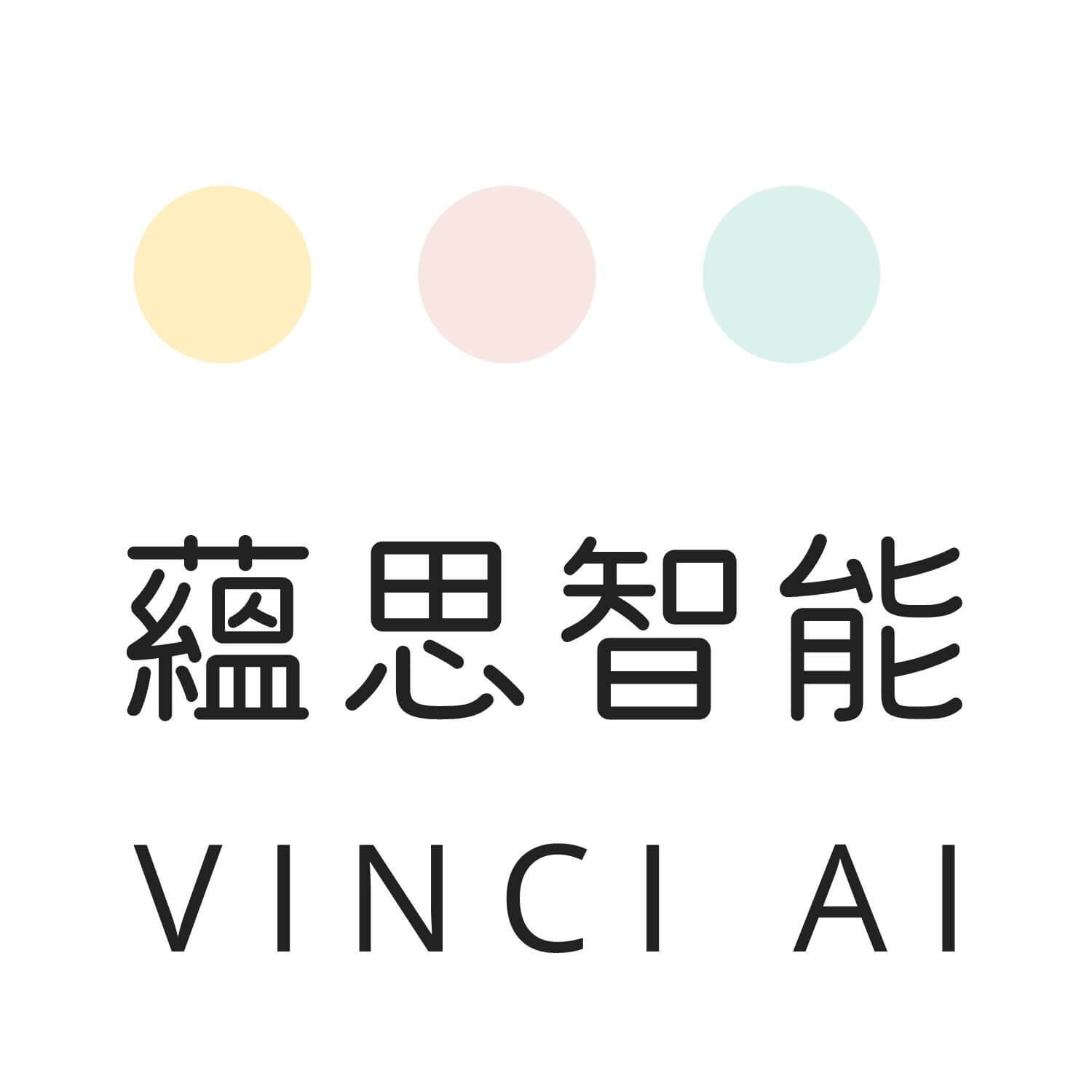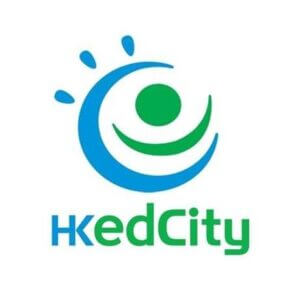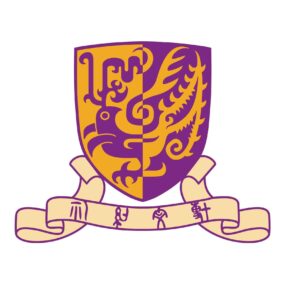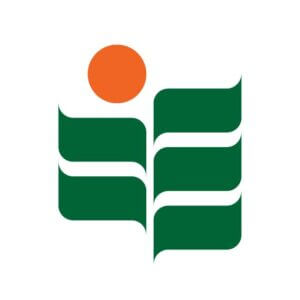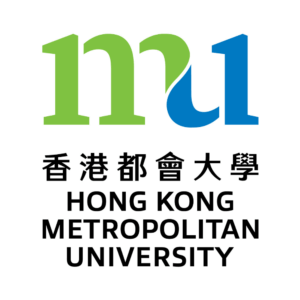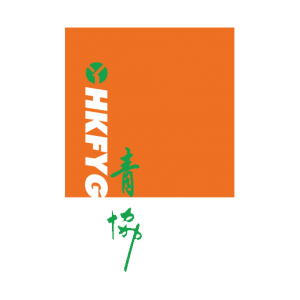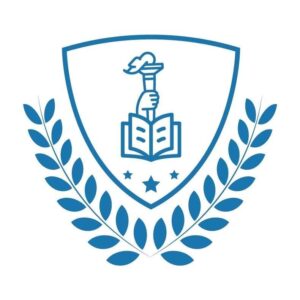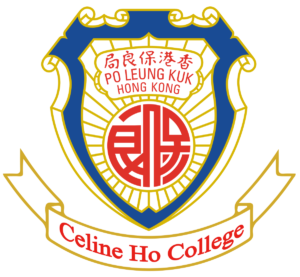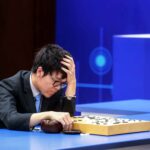STEM on-campus courses
Vinci AI is a leader focused on providing high-quality STEM education. We provide diversified cutting-edge technology courses such as AI, robotics, and programming to inspire the innovative potential of primary and secondary school students. With a professional tutor team, practice-oriented teaching methods, and cooperation experience with many well-known schools and institutions, we are committed to cultivating students' key abilities to face the future. Yunsi Intelligence has successfully helpedMore than 3,000 studentsGet on the path to becoming a future technology leader. Choose Yunsi Intelligence now and open the door to success for your children!
STEM School Course Topics
Yunsizhi provides a wide range of STEM courses, covering cutting-edge technology topics such as artificial intelligence, robotics, programming, and the Internet of Things. Our courses are specially designed for primary and secondary school students to inspire students' creativity and problem-solving abilities through hands-on practice, project exploration, etc. Whether it is Python programming, AI art creation, or virtual reality experience, every STEM course is designed to help students master the key skills needed for the future. By participating in our STEM courses, students will gain a deeper understanding of the technology field and lay the foundation for future success.
- AIartificial intelligence
- Robot programming
- Python Programming
- STEM innovation experiment
- Internet of ThingsIoT
- Virtual/Augmented Reality
- drone technology
- AI art music creation
- Operational thinking training
STEM courses for primary and secondary schools
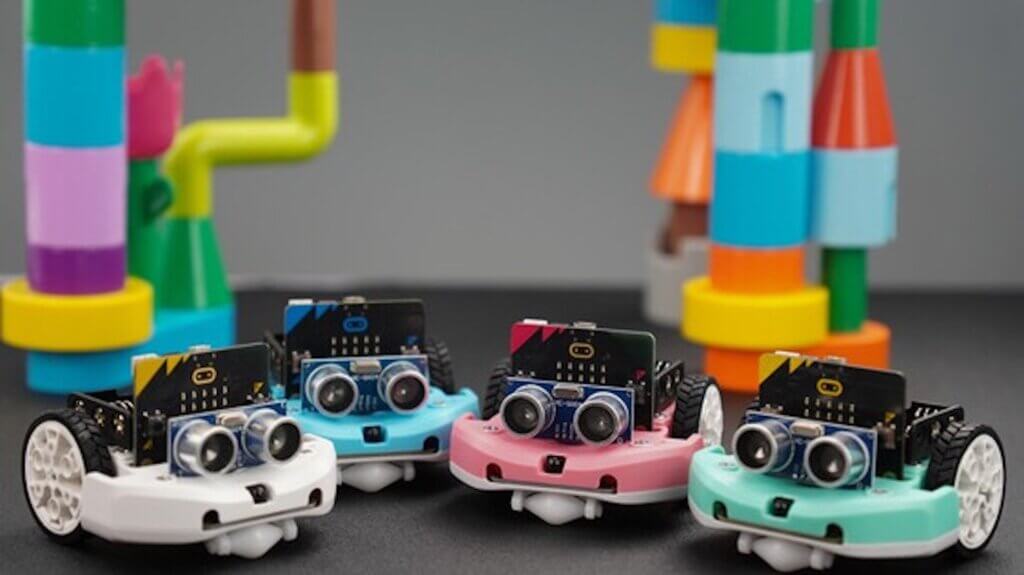
- Maqueen Plus x Huskylens Artificial Intelligence
- Introduction to AI Art Creation
- AI music composition and orchestra jazz performance course
- Getting Started with Chatbot Design
- LEGO SPIKE Programming Course
- Scratch AI discovery
- CoSpaces VR/AR Creation and Experience Course
- Sports and STEM innovative courses (jointly developed with the Education University of Hong Kong)
- Computational Thinking and Game Design (jointly developed with Hong Kong Education City)
- National Youth Software Programming Level Examination Course
- Super AI Challenge Competition Course
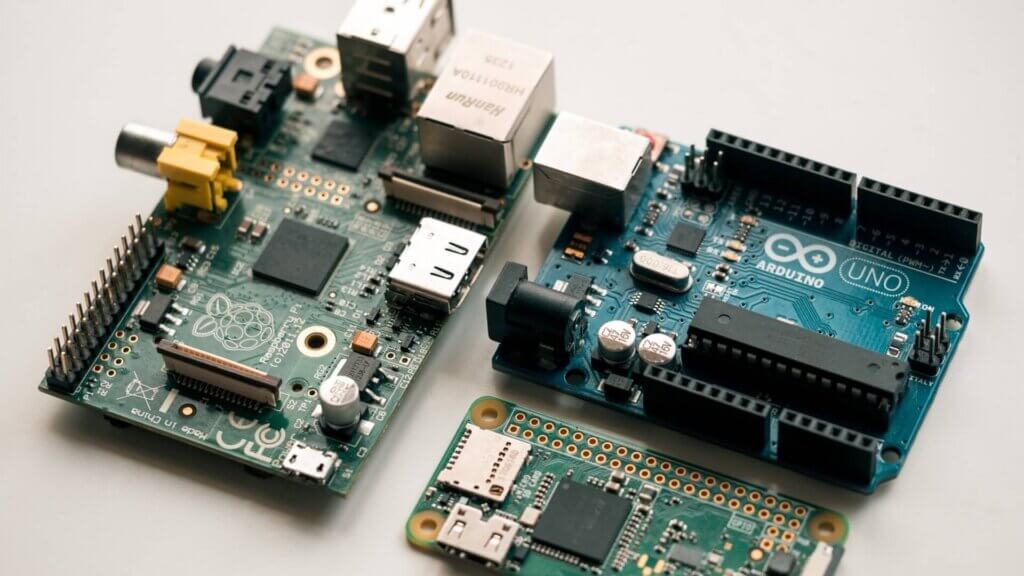
- OpenAI ChatGPT chatbot course
- Huskylens Artificial Intelligence Visual Recognition Course
- AIoT Intelligent Internet of Things System Course
- AI music composition and orchestra jazz performance course
- Jetson AI Specialist Certificate Course Series
- ChatGPT and generative AI
- ICT Python Course
- Jetbot/JetRacer Robotics Course
- Intelligent drone course
- CoSpaces VR/AR Creation and Experience Course
- Sports and STEM innovative courses (jointly developed with the Education University of Hong Kong)
- Computational Thinking and Game Design (jointly developed with Hong Kong Education City)
- National Youth Software Programming Level Examination Course
- Super AI Challenge Competition Course
Primary STEM School Programs
These courses mainly use graphical programming or tools that do not require programming foundation, and are suitable for students who are introductory to programming. Through these courses, students can learn basic programming concepts and develop computational and logical thinking skills.
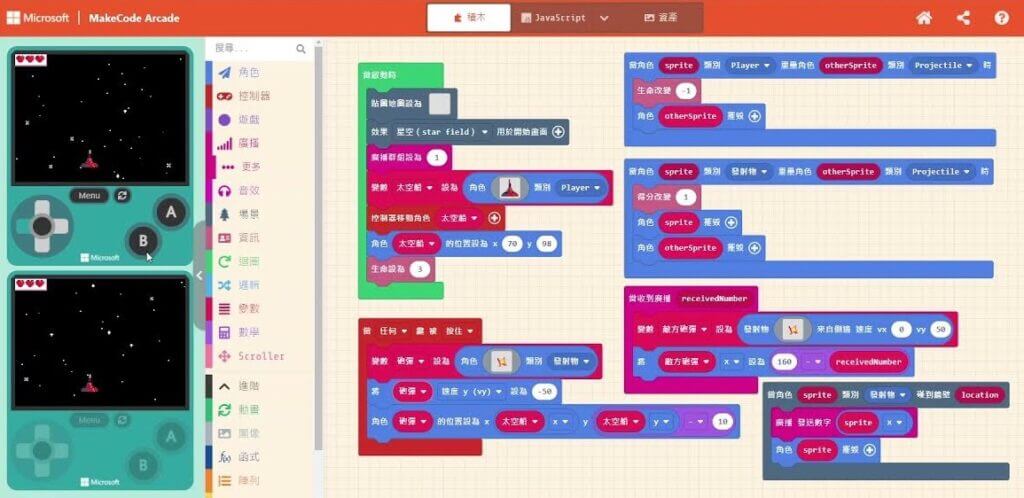
- Maqueen Plus x Huskylens Artificial Intelligence
- Introduction to AI Art Creation
- AI music composition and orchestra jazz performance course
- LEGO SPIKE Programming Course
- Scratch AI discovery
- CoSpaces VR/AR Creation and Experience Course
- Sports and STEM innovative courses (jointly developed with the Education University of Hong Kong)
- Computational Thinking and Game Design (jointly developed with Hong Kong Education City)
Intermediate STEM School Courses
These courses require students to have a certain programming foundation, such as understanding basic programming concepts such as variables, functions, conditional statements, and loops. Students will learn text programming languages such as Python and apply programming knowledge to fields such as drones, smart cars, and IoT.
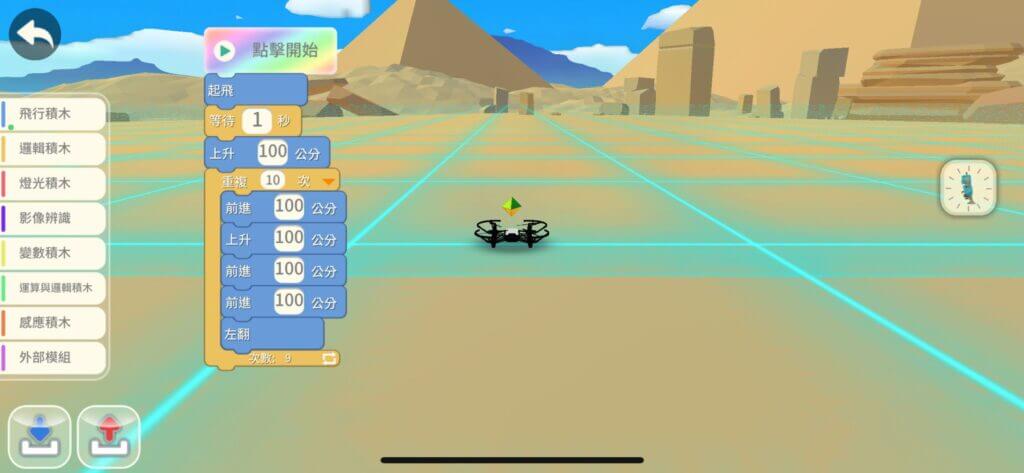
Advanced STEM School Programs
These courses are aimed at students who already know a programming language (such as Python) and are interested in cutting-edge technologies such as artificial intelligence and blockchain. Students will learn AI algorithms such as machine learning and deep learning, and apply them to chatbots, robots, blockchain and other fields. These courses are more difficult and require students to have strong programming skills.
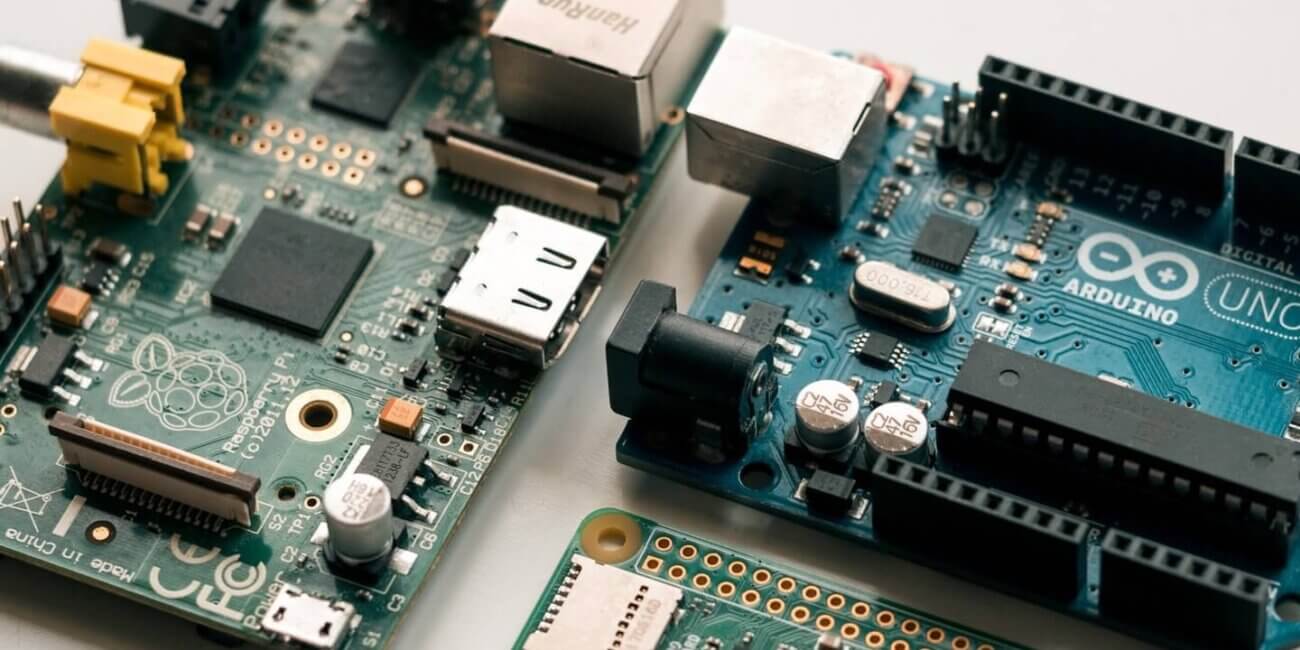
STEM education tips
How to set a learning path for primary school students who want to start learning STEM
It is recommended that primary school students start with graphical programming and gradually transition to hardware control, robots, VR/AR, AI art, etc. While enriching knowledge and practical abilities, they should also focus on cultivating students' innovative thinking and problem-solving abilities. The key to STEM learning is hands-on practice and project-based learning.
First, you can take an introductory course on AI art and music creation to explore the application of artificial intelligence in artistic creation. This helps stimulate students’ creativity and introduces them to artificial intelligence
Then you can take the LEGO SPIKE programming course to deepen your understanding of programming and robotics concepts by operating LEGO hardware. This will enhance hands-on skills.
Then you can try the Maqueen Plus x Huskylens artificial intelligence course to learn how to apply artificial intelligence technology to control smart cars and consolidate knowledge through practical projects.
After studying the above programming and robotics-related courses, you can start taking VR/AR creation and experience courses to learn about virtual reality and augmented reality technology and their applications.
During this process, students can also take some pure hardware courses based on their interests, such as the AIOT intelligent Internet of Things system course and the STEM Explorer sensor scientific experiment tour to broaden their horizons and improve their ability to comprehensively apply STEM knowledge.
ChatGPT and introductory courses on generative AI and Chatbot design can be taken as electives, suitable for students who are interested in artificial intelligence applications.
If you want to learn programming, what is the best way to start?
Introduction to Graphical Programming
Starting with a graphical programming language such as Scratch is the most friendly starting point. Through the drag-and-drop building block programming method, you can intuitively learn the basic concepts of programming, such as sequential execution, conditional judgment, looping, etc., laying the foundation for further learning. It is recommended to take the Scratch AI preliminary course first.Hardware programming practice
After mastering the basic programming concepts, you can try to use programming knowledge to control hardware, such as LEGO SPIKE, Maqueen Plus smart cars, etc. Through hardware programming, you can deepen your understanding of programming concepts, improve your hands-on practical skills, and learn some simple electronic and mechanical knowledge.Python programming advanced
After learning graphical programming, you can transition to the text programming language Python. Python syntax is concise and friendly, suitable for getting started with programming, and is widely used in fields such as data analysis and artificial intelligence. Learning Python can open up a broader world of programming. It is recommended to study ICT Python course.Artificial intelligence direction extension
If you are interested in artificial intelligence, after mastering the basics of Python, you can learn some artificial intelligence applications, such as AI autonomous driving, intelligent Internet of Things, AI art creation, chat robots, etc. This will help understand the application scenarios of artificial intelligence technology and stimulate interest in learning.Apply what you learn and do projects
The ultimate goal of learning programming is to solve practical problems. Therefore, in the process of learning, it is very important to do more project practice. From small to large, from simple to complex, choose some projects of interest to implement, find problems and solve problems in the projects, only in this way can you truly improve your programming skills.
Learning programming is an extension from the introduction of graphical programming, to text programming in Python, to the direction of artificial intelligence. Combining theory with practice, learning by doing, learning by doing. And in the process of learning, computational thinking and logical thinking skills are cultivated, which will last a lifetime. Schools can provide students with such a stepped path to programming learning to help them grow step by step.
What is the importance of STEM education to children's growth and future development?
STEM education is important to children's growth and future development because it helps cultivate children's innovative abilities, practical skills, teamwork spirit, and ability to cope with future challenges. STEM education not only teaches the core concepts of science, technology, engineering, and mathematics, but also encourages children to think across disciplines, solve problems, and apply what they learn to the real world. Through STEM education, children can better understand current affairs, think critically about issues, and develop innovative thinking to prepare for the future workplace and society. In addition, STEM education can also maximize children's career potential, because the basic knowledge of science, technology, engineering and mathematics is critical to various industries and can help children cope with the changing career needs of the future. The importance of STEM education lies in cultivating children's innovative abilities and practical skills, and laying a solid academic foundation for them to cope with the challenges of modern society and the future.
How to determine whether a child is interested in STEM subjects and suitable for studying STEM courses? Is there any relevant research?
American early childhood STEM education research report [1]:
- Young children need adult guidance and support to deepen their experiences with STEM.
- Encouraging young children to express and communicate their ideas is key to STEM learning.
- Adults’ attitudes and views towards STEM will affect children’s learning abilities.
- STEM education should be culturally diverse and inclusive of young children of different genders, races, and backgrounds.
Children make excellent STEM learners [2]:
- Young children are capable of STEM learning and can develop science, technology, engineering and mathematics abilities through play and exploration.
- Young children show their interest and ability in STEM subjects through activities such as stacking building blocks, solving problems, observing and experimenting.
Is it suitable for children in primary school to start getting exposed to STEM education?
Children in primary school are very suitable to start getting exposed to STEM education. Here are some relevant reasons and research findings:
Cultivate curiosity and problem-solving skills: STEM education can stimulate children's curiosity and cultivate their problem-solving skills and creativity[1]. Through STEM education, children can learn to observe, predict, experiment and collect data, thereby cultivating their scientific thinking and problem-solving skills[2].
Build foundational knowledge and skills: Early STEM education gives children the foundation for learning science, technology, engineering and mathematics[2]. These foundational knowledge and skills will help them succeed in more in-depth STEM studies in the future.
Cultivate interdisciplinary abilities: STEM education is not just about teaching science and mathematics, it can also help children develop interdisciplinary abilities, such as critical thinking, collaboration and communication skills[2]. These abilities are important for children to succeed in school and in their careers.
Cultivate future employment needs: The demand for employment in STEM fields continues to increase, and cultivating children's STEM abilities can lay the foundation for their future career development.[1].
Does STEM education require children to have a strong mathematical foundation?
STEM education does not necessarily require children to have a strong mathematical foundation. The purpose of STEM education is to integrate science, technology, engineering and mathematics and cultivate children's innovative abilities, practical skills, teamwork and problem-solving abilities. Although mathematical foundations may be helpful in some STEM fields, STEM education focuses more on cultivating children's exploration spirit, cooperation ability and innovative thinking, rather than relying solely on strong mathematical foundations. Therefore, even if children do not have a strong foundation in mathematics and physics, they can still benefit from STEM education and develop interests and abilities in science, technology, engineering and mathematics. The core of STEM education is to cultivate children's comprehensive skills and ways of thinking, rather than just limiting the basic requirements of mathematics and physics.



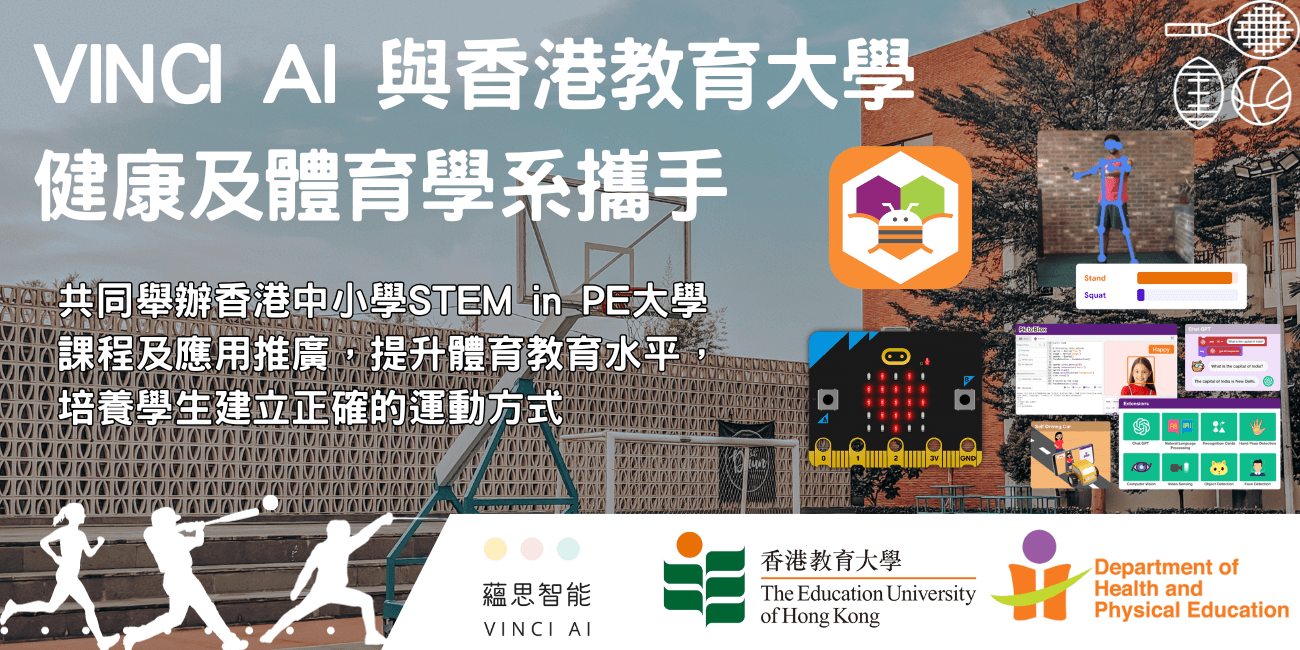
Here are some of the schools and organizations they have previously served
Hong Kong Education City
Hong Kong Metropolitan University
Education University of Hong Kong
Oxbridge International School
Kingston International School
Cheung Chu Shan English Secondary School
Salesian English School
Tak Ai Secondary School
Po Leung Kuk Ho Yin Tong Secondary School
Tung Wah Group of Hospitals Fung Wong Fung Ting Secondary School
catholic wuhua middle school
Lize Middle School
Sister Delia Memorial School
Qingshan Catholic Primary School
Po Leung Kuk Lam Man Chan English Primary School
Po Leung Kuk Luk Hing Too Primary School
Po Leung Kuk Tin Ka Ping Primary School
Sir Kadoorie Government Primary School
Ping Shek Catholic Primary School
Shau Kei Wan Government Primary School
Tai O Primary School
Pok Oi Hospital Prime Minister's Association Liang Province School
POH 80th Anniversary Tang Ying Hei College
Buddhist Ye Jinan Secondary School
Yu Chun Keung Memorial Secondary School
Bishop John White Anglican Secondary School
Pat Heung Rural Committee Charity Secondary School
St. Peter's Secondary School
holy family school
Hong Kong Red Cross Hospital School
HK01 Summer AI Summer Camp 2022
Conducted artificial intelligence painting workshops for 30 primary schools
Youth Association Youth Center (Hung Hung Kiu)
Children's Club
Customer acceptance
d
"Our class includes some students with special educational needs (SEN), but our instructor is very patient in teaching and manages the classroom well. In general, students who are taught STEAM subjects don't usually show much response, but after observing several sessions, I noticed that the students frequently ask questions during class. The primary focus of the class is teaching AI, which can be challenging for elementary school students to grasp. However, the instructor uses examples that are relatable to daily life, so most of the students understand the workshop content."
Kevin Chung
Hong Kong Youth Association - Hung Shui Kiu Youth Centre SecretaryExample Title
The Vinci AI Wisdom AI Painting Course provides primary 5-6 grade students with a learning experience that integrates creativity and technology. The course uses professional painting software and AI technology to creatively produce lively and interesting artworks, cultivating students' creativity and skills. At the same time, the course helps students understand basic AI concepts and experience the impact of technology on art. Through exploration, sharing works, students' level of art learning is improved.
Teacher You
Po Leung Kuk Luk Hing Too Primary SchoolThe AI art creation workshop taught students to design English storybook covers through the OpenArt platform. This learning approach that combines creativity and technology can stimulate students' imagination and creativity. By using AI drawing tools to present "imagery" and even "ambience" through "metaphor", it is an inspirational and practical teaching activity.
Director Ma
Dabu District Primary SchoolThe instructors wholeheartedly teach students about AI knowledge, making the content relatable to real-life scenarios. The instructors also establish a friendly and enjoyable rapport with the students. The majority of the students are able to grasp the workshop content and benefit greatly from it.
Teacher Yip
St. Peter's Secondary SchoolExample Title
This academic year, our school's Chinese teachers participated in a series of five workshops titled 'How AI Can Promote Interdisciplinary and Chinese Language Teaching in Primary Schools' organized by Vinci AI. The teachers' feedback was positive, with the course content focusing equally on theory and practice, being highly practical and applicable for immediate use in unit inquiry lessons and Chinese language teaching. By utilizing AI as a teaching tool, it can enhance the effectiveness of teaching and learning.
Dr. Tang Shufen
Vice Principal of Kingston International SchoolExample Title
The company provides excellent STEAM education. The mentors are professional and the AI curriculum is thorough. With a teaching approach that is meticulous, patient and fully meets the needs of secondary schools.
Teacher Yang
Head of PLK Ho Yin Tung Secondary SchoolWhy choose Vinci AI ?
University lecturer teaching team
VInci AI's teaching team is rich in experience, including university teachers who teach master's AI courses in various colleges and universities.
Curriculum developed by PhD-level experts
Vinci AI's PhD-level AI expert team, providing the most professional artificial intelligence courses
Recognized by research institutions
The teaching platform developed by Vinci AI has received support from Cyberport. Vinci AI is also a STEM education partner of the Productivity Council.
Contact our consultants
Vinci AI offers on-campus courses, including STEM Day events, competition training, and after-school programs. We welcome you to contact our expert consultants to arrange suitable topics and formats for your needs.
